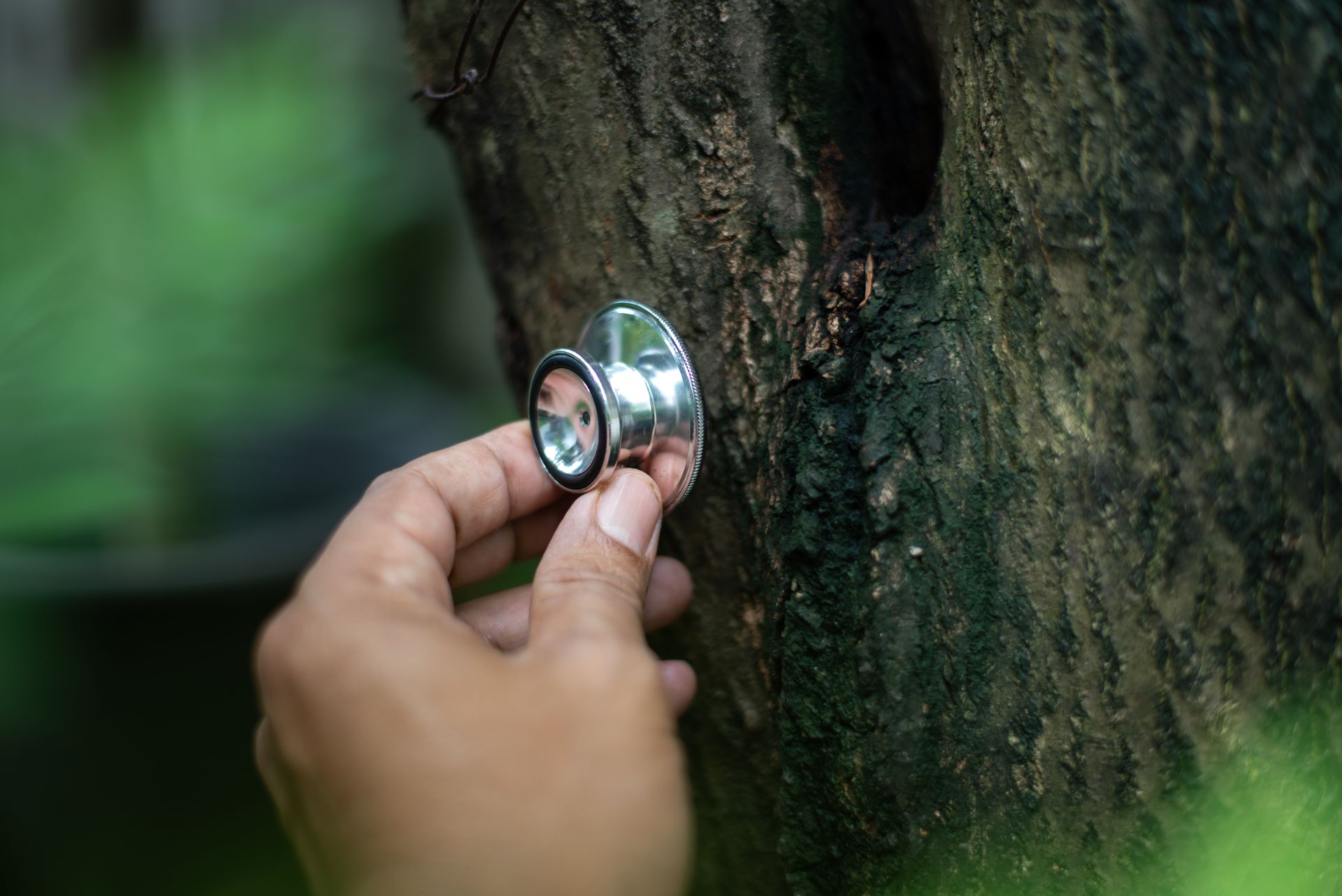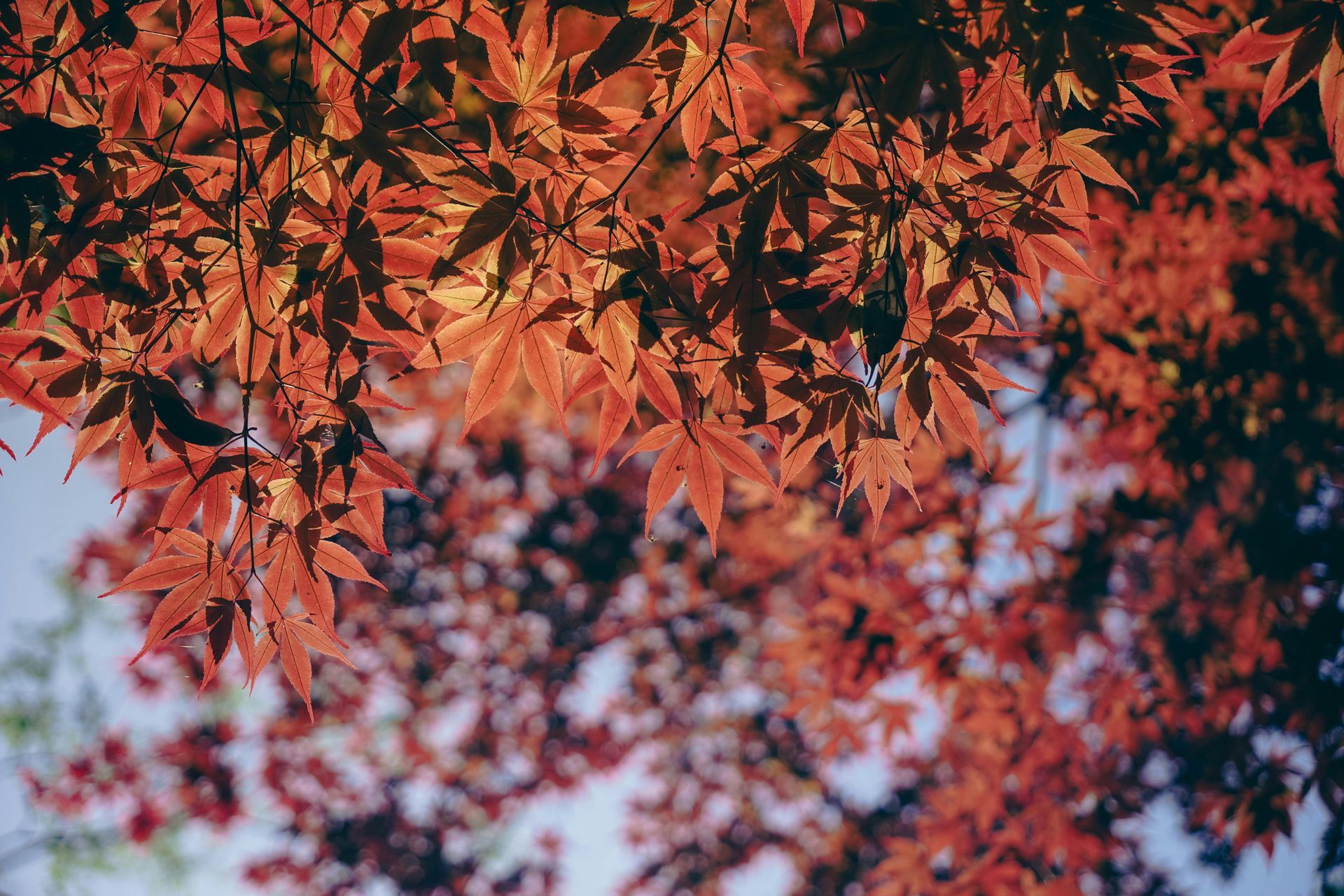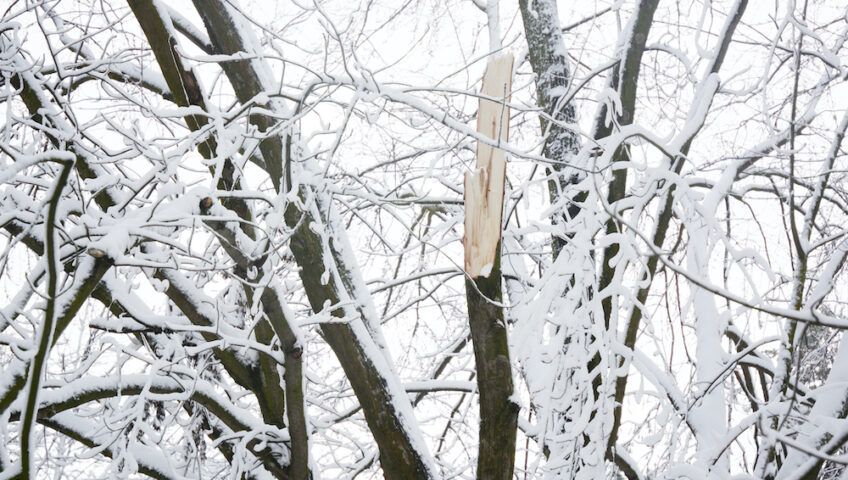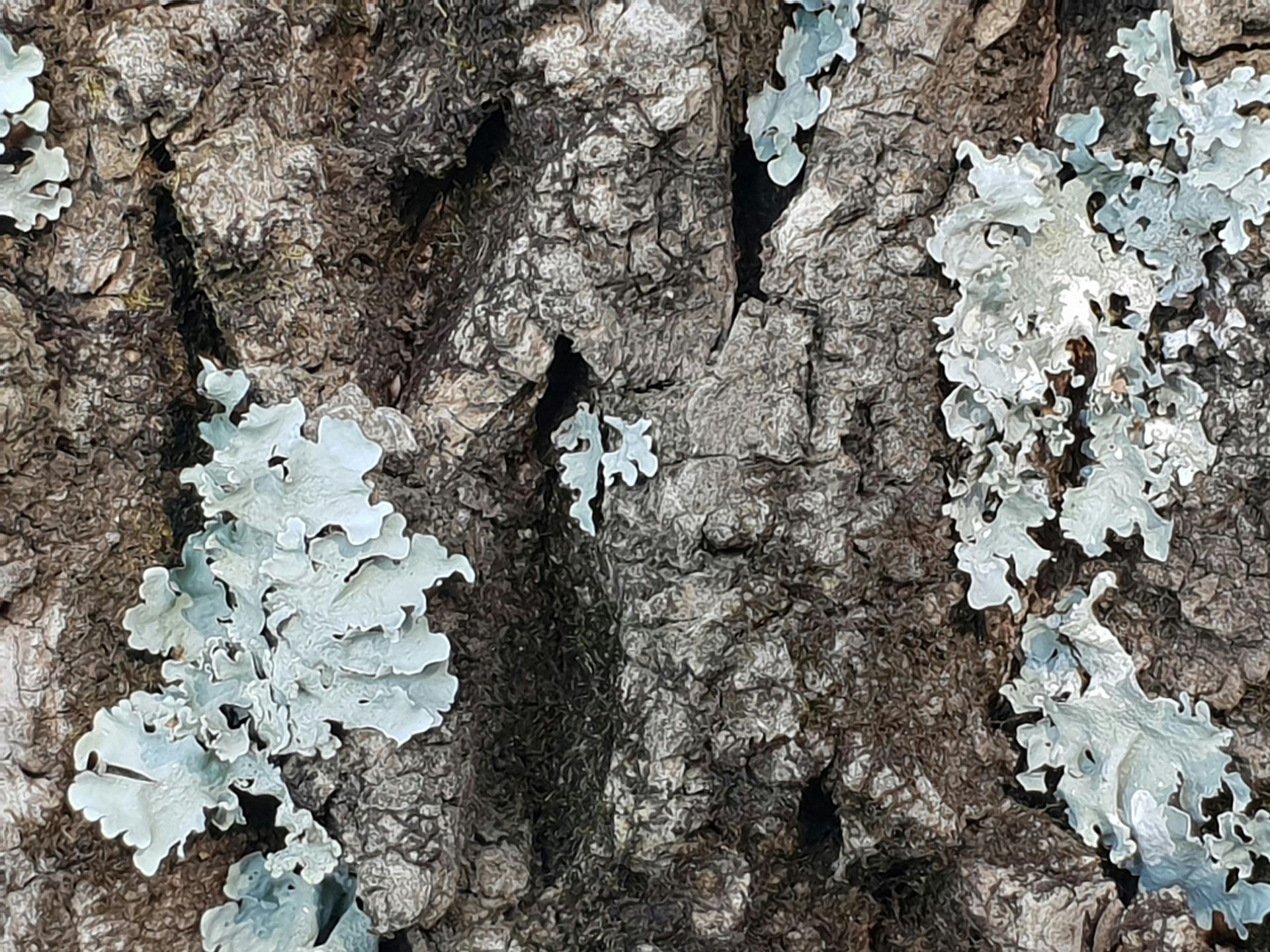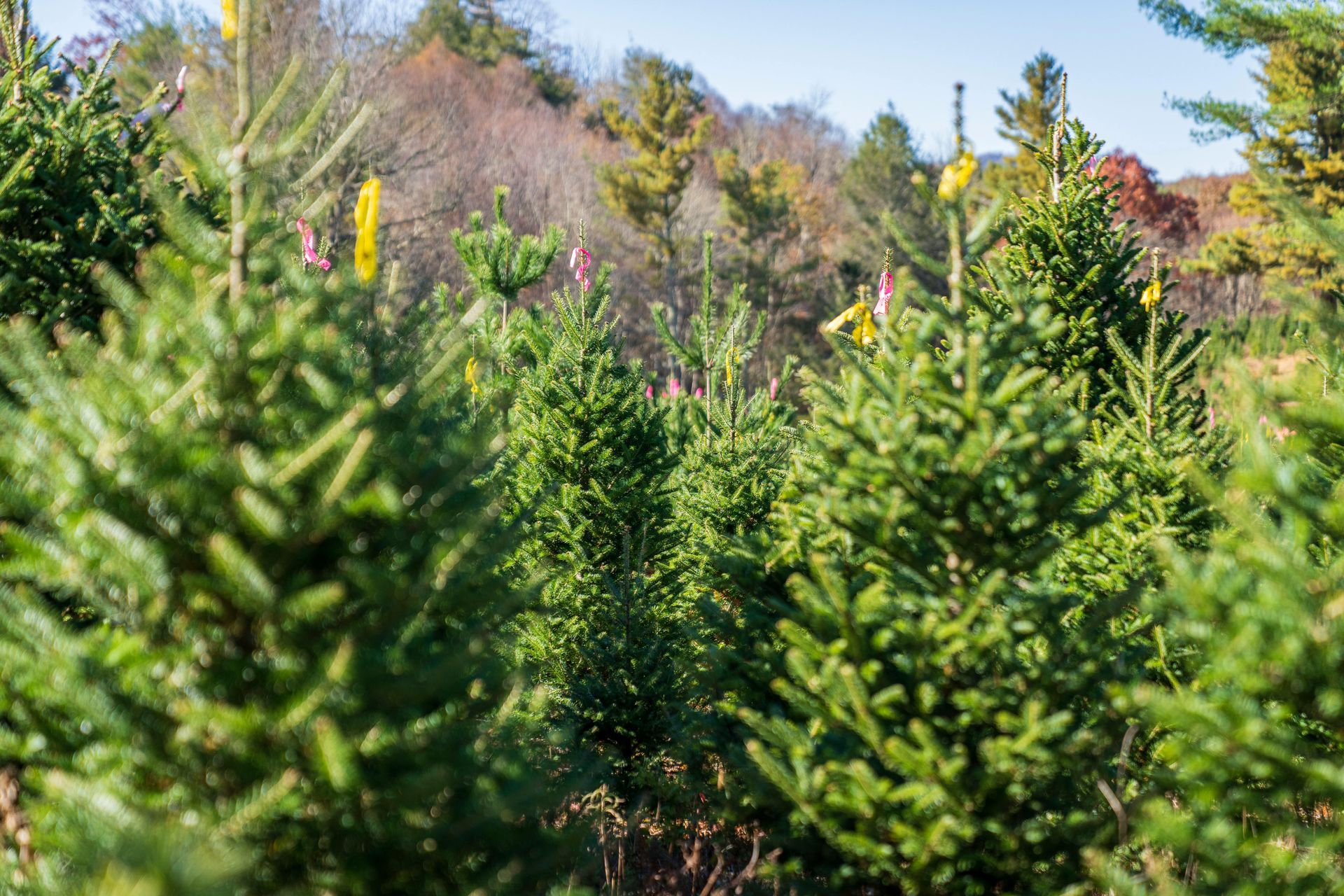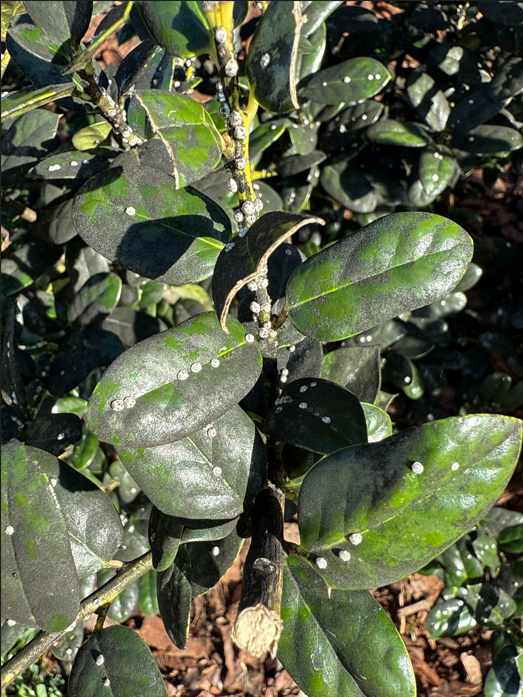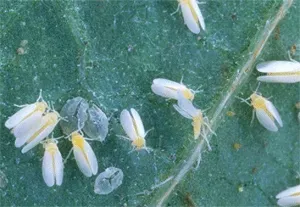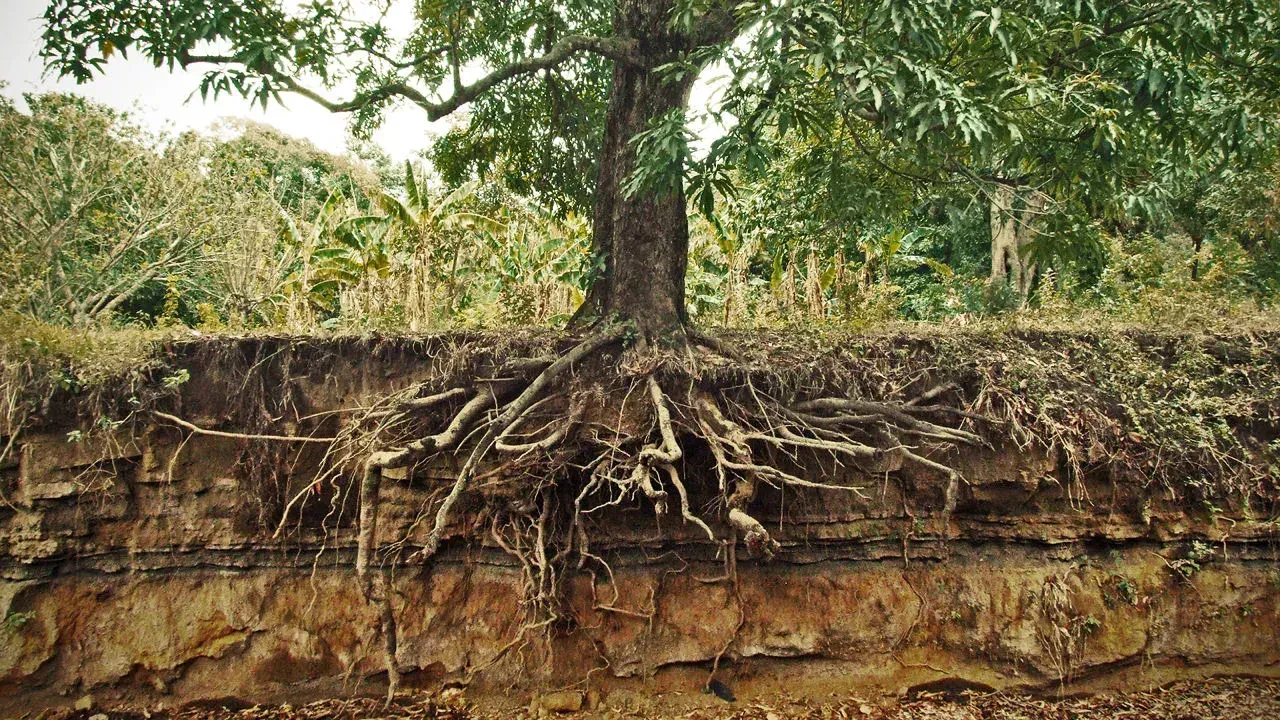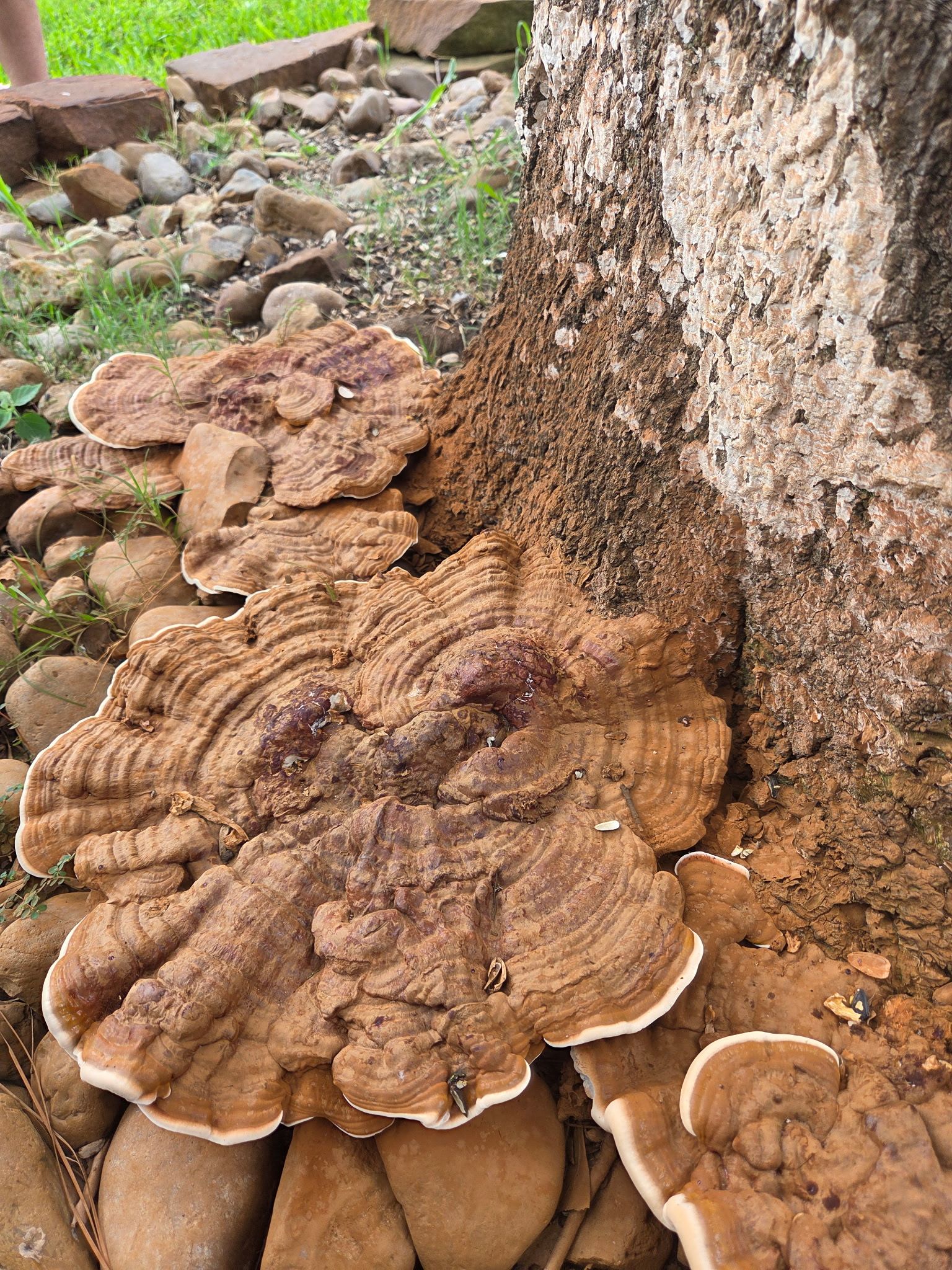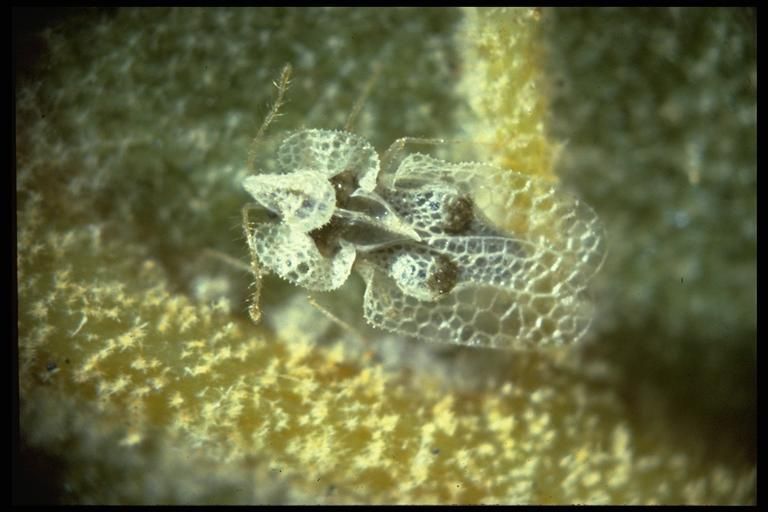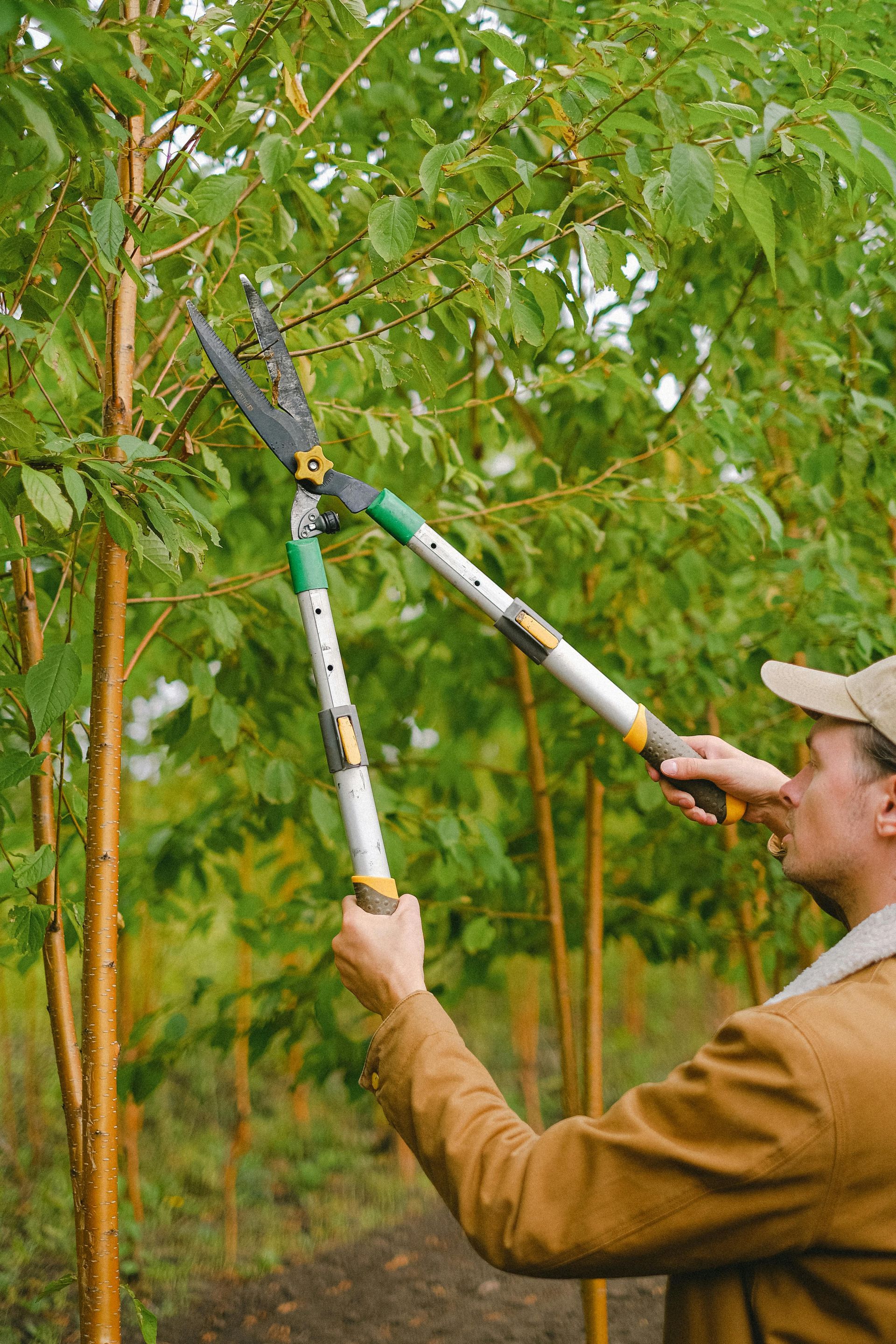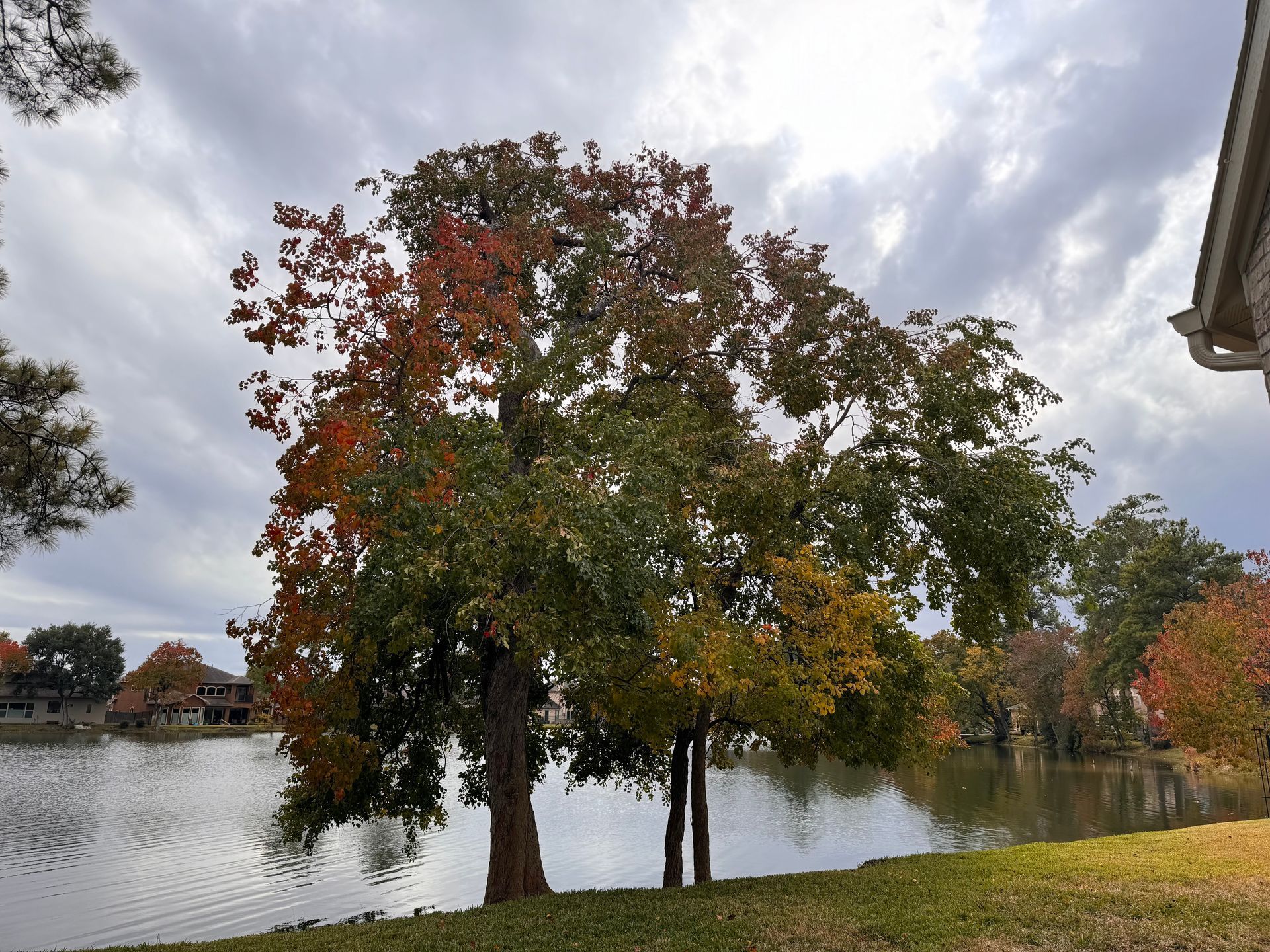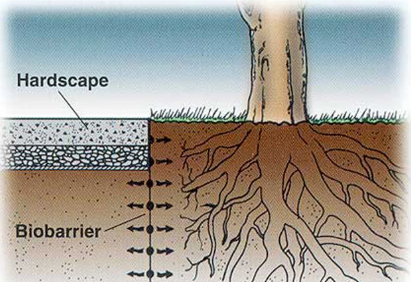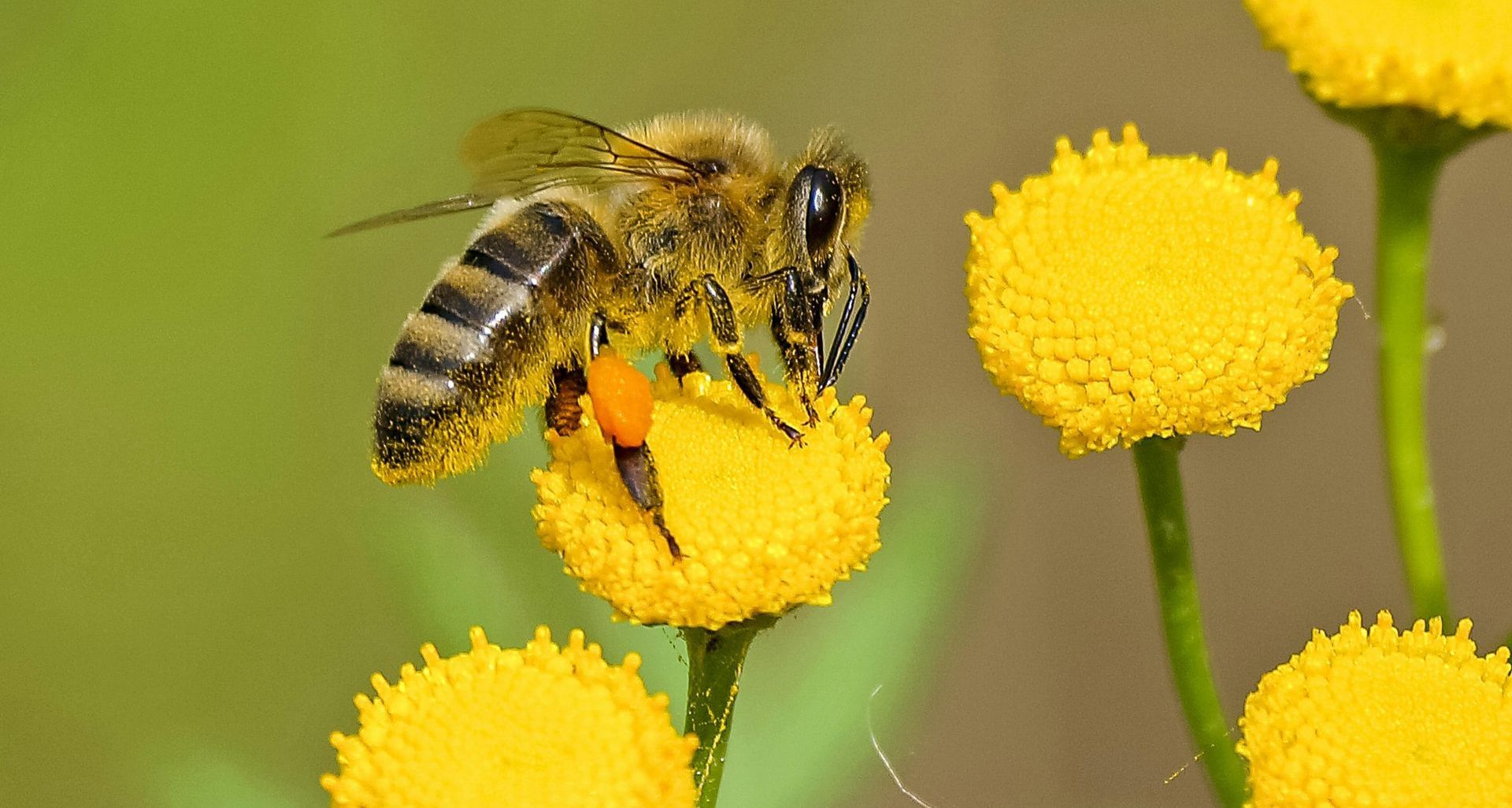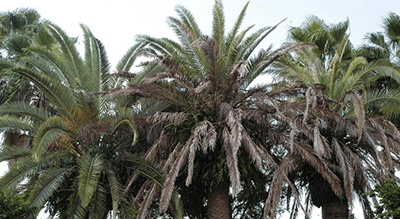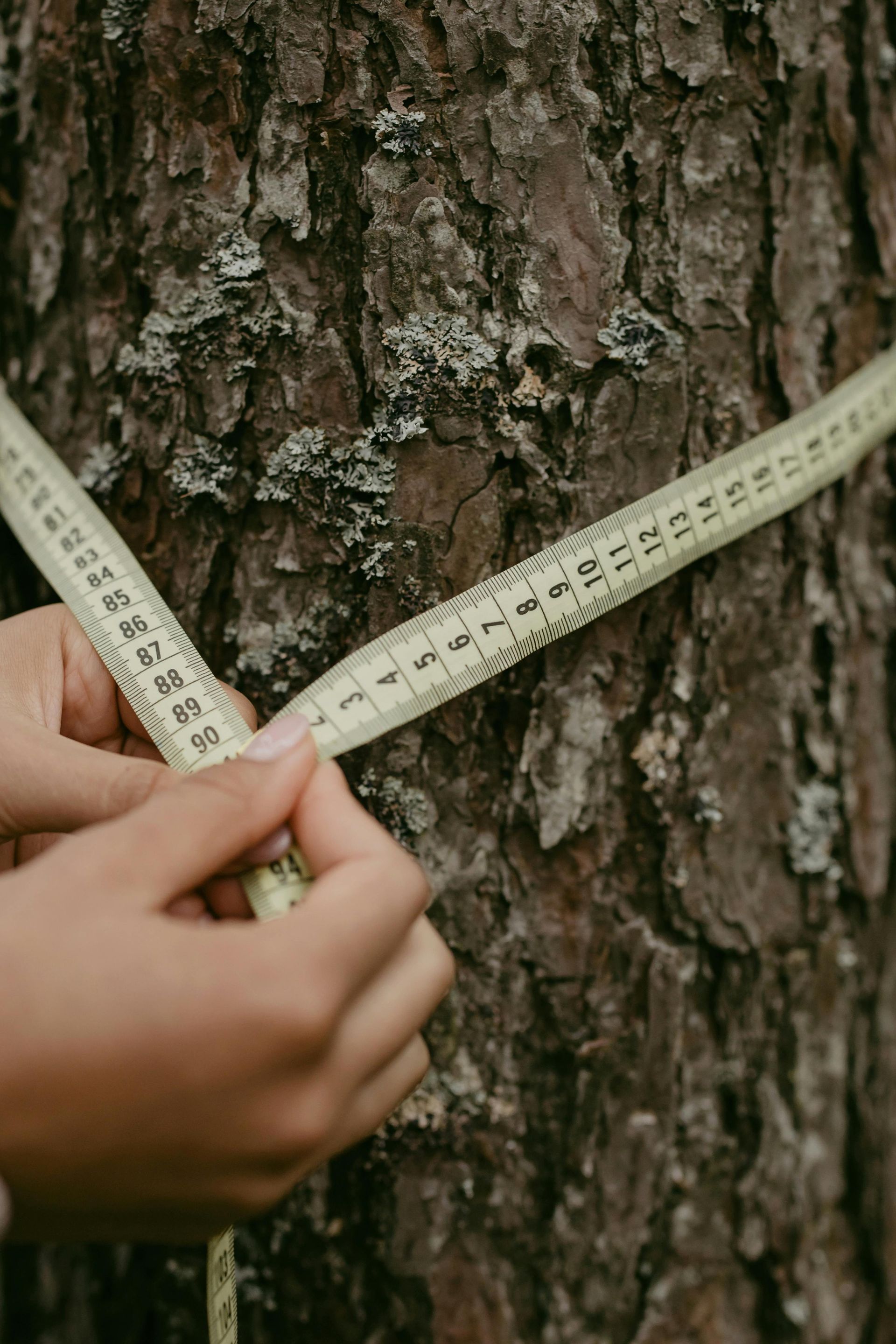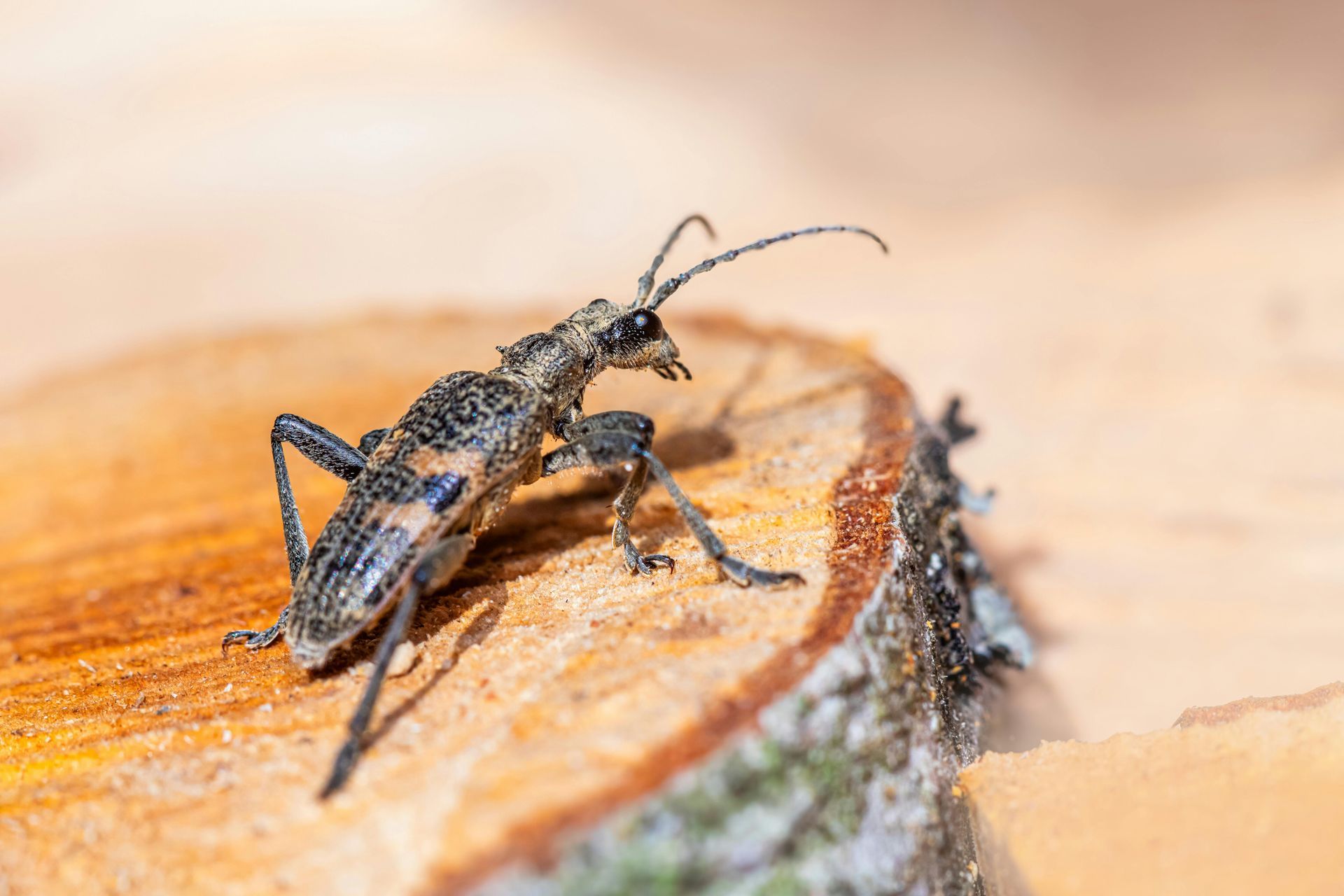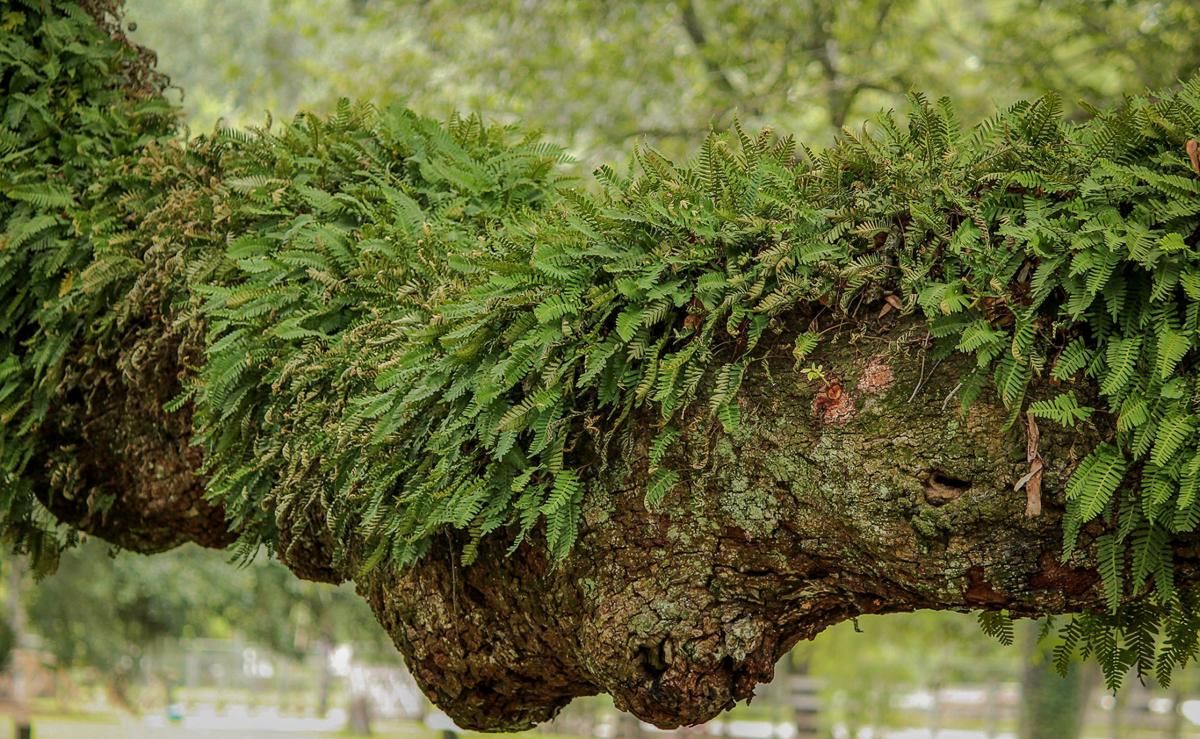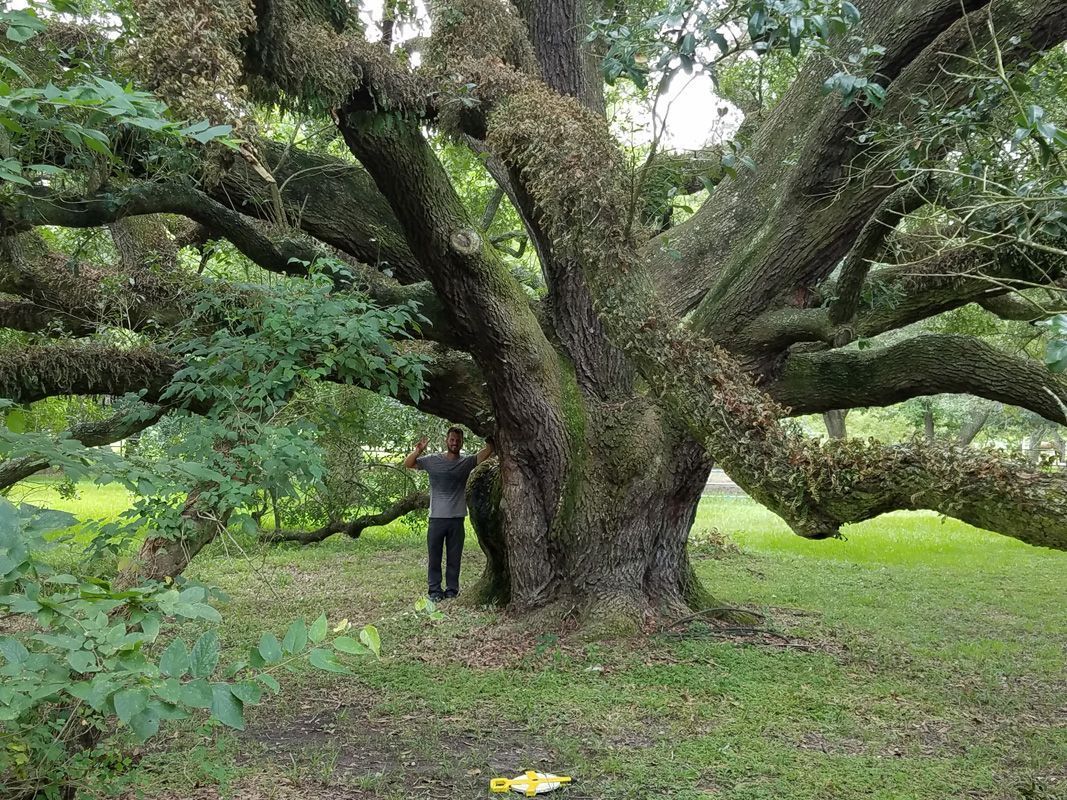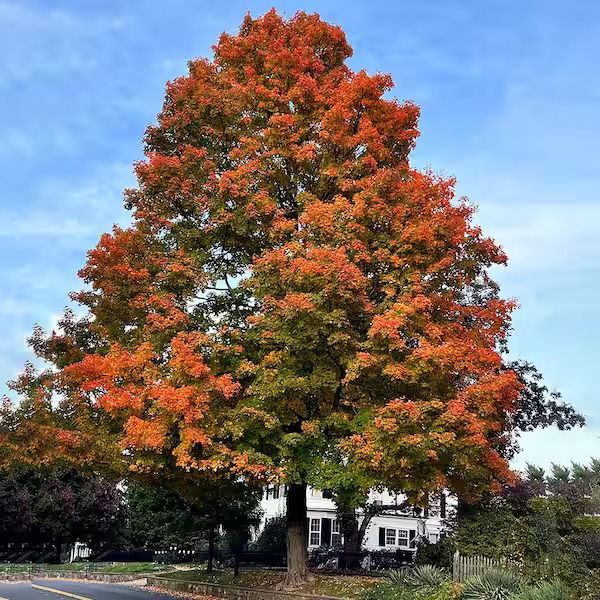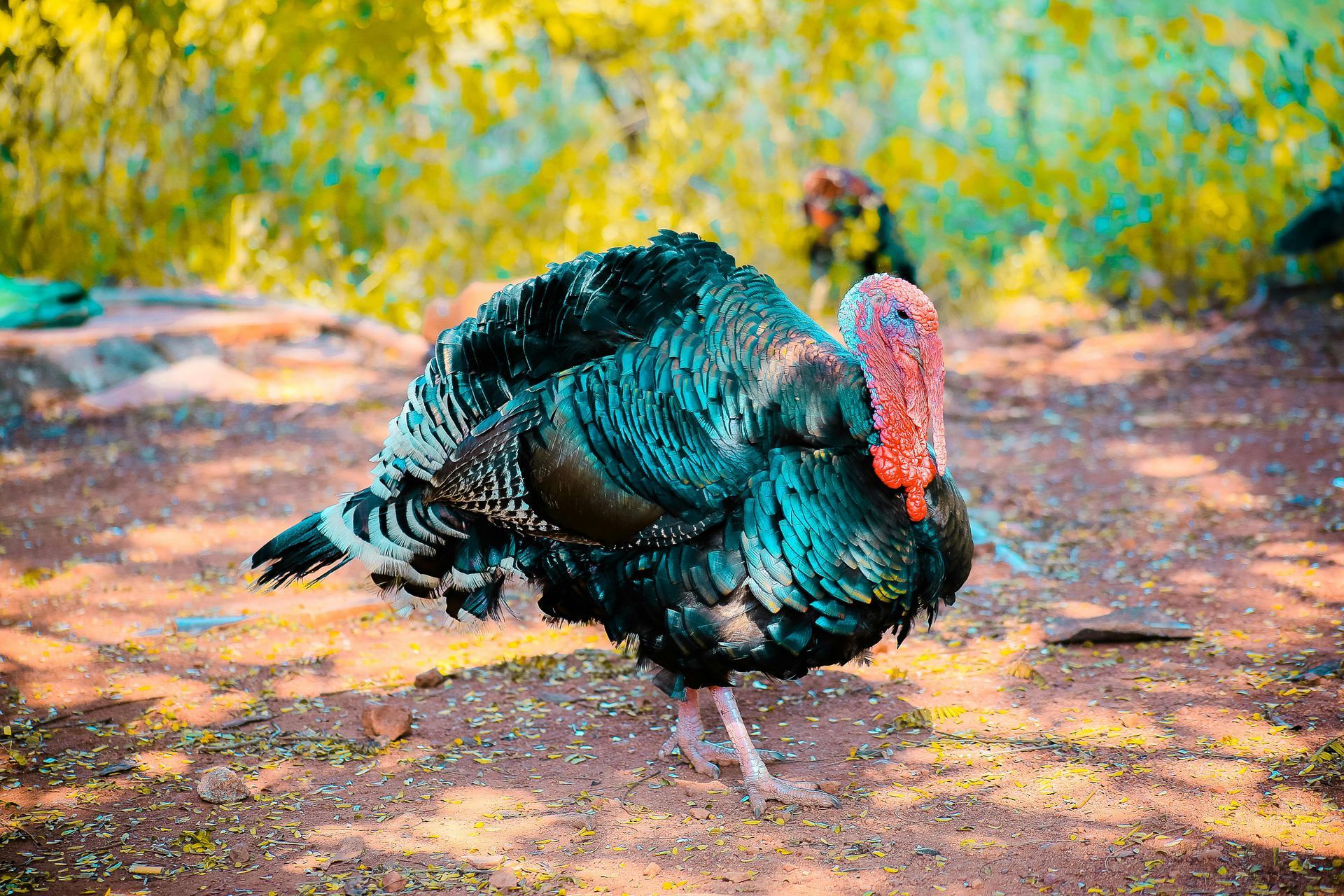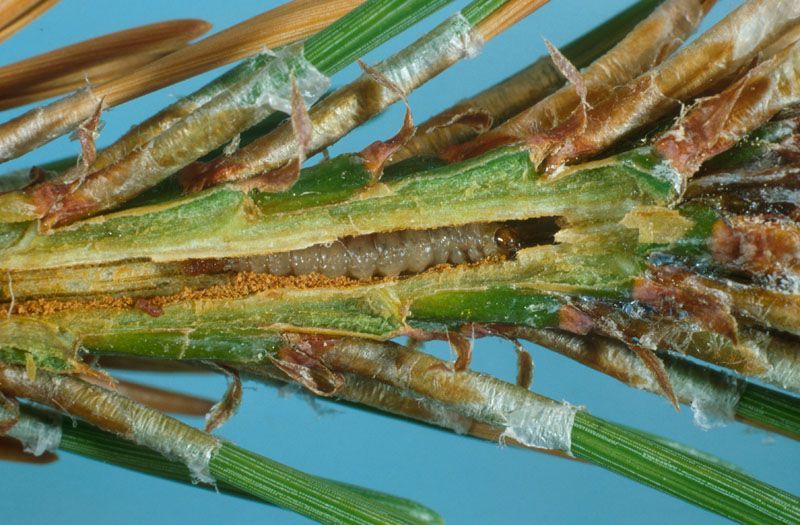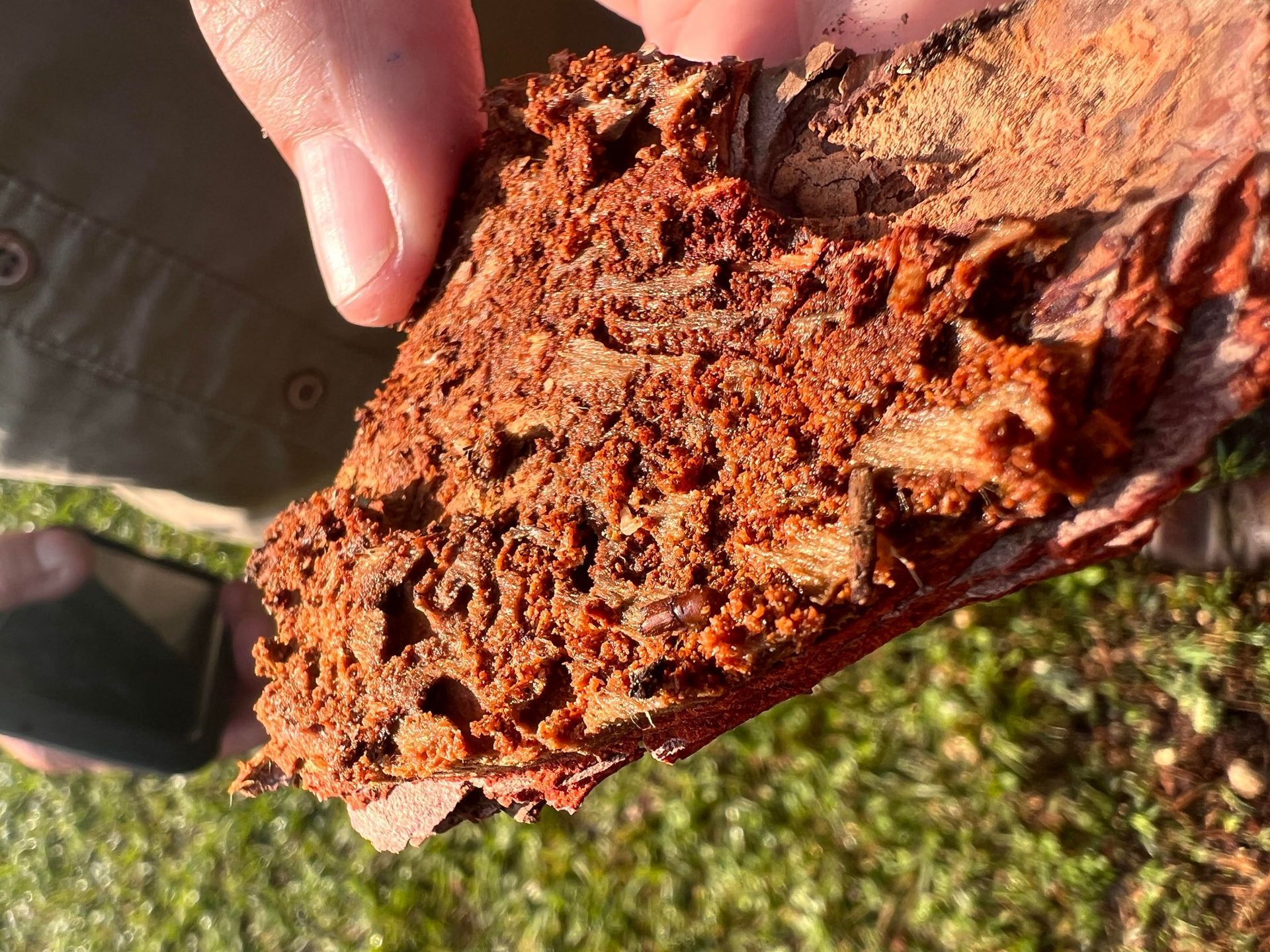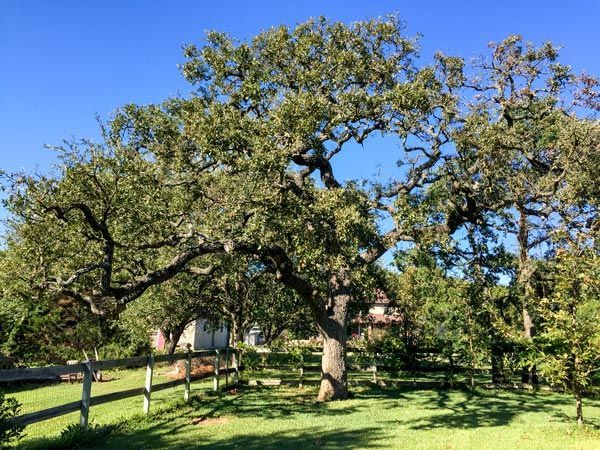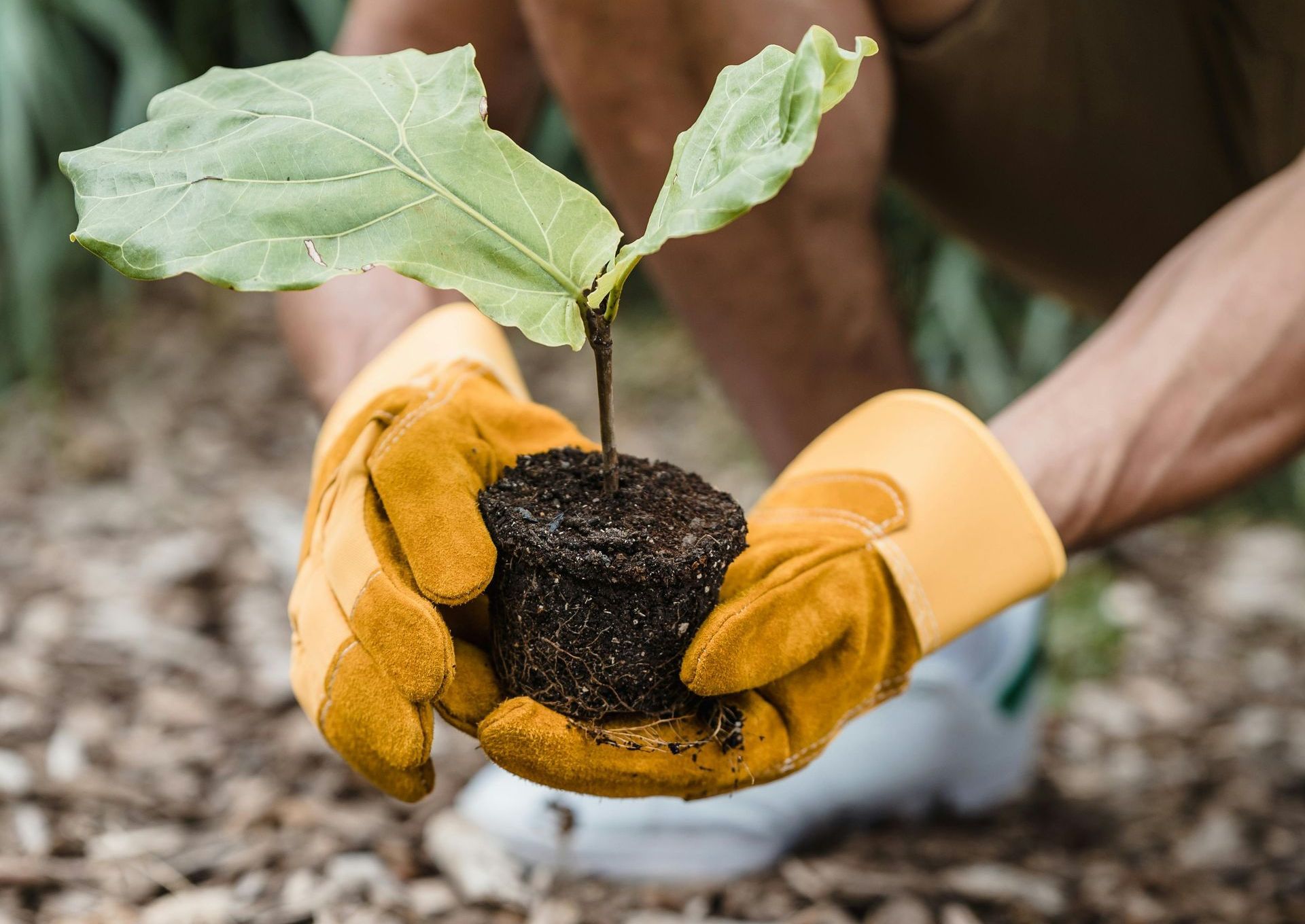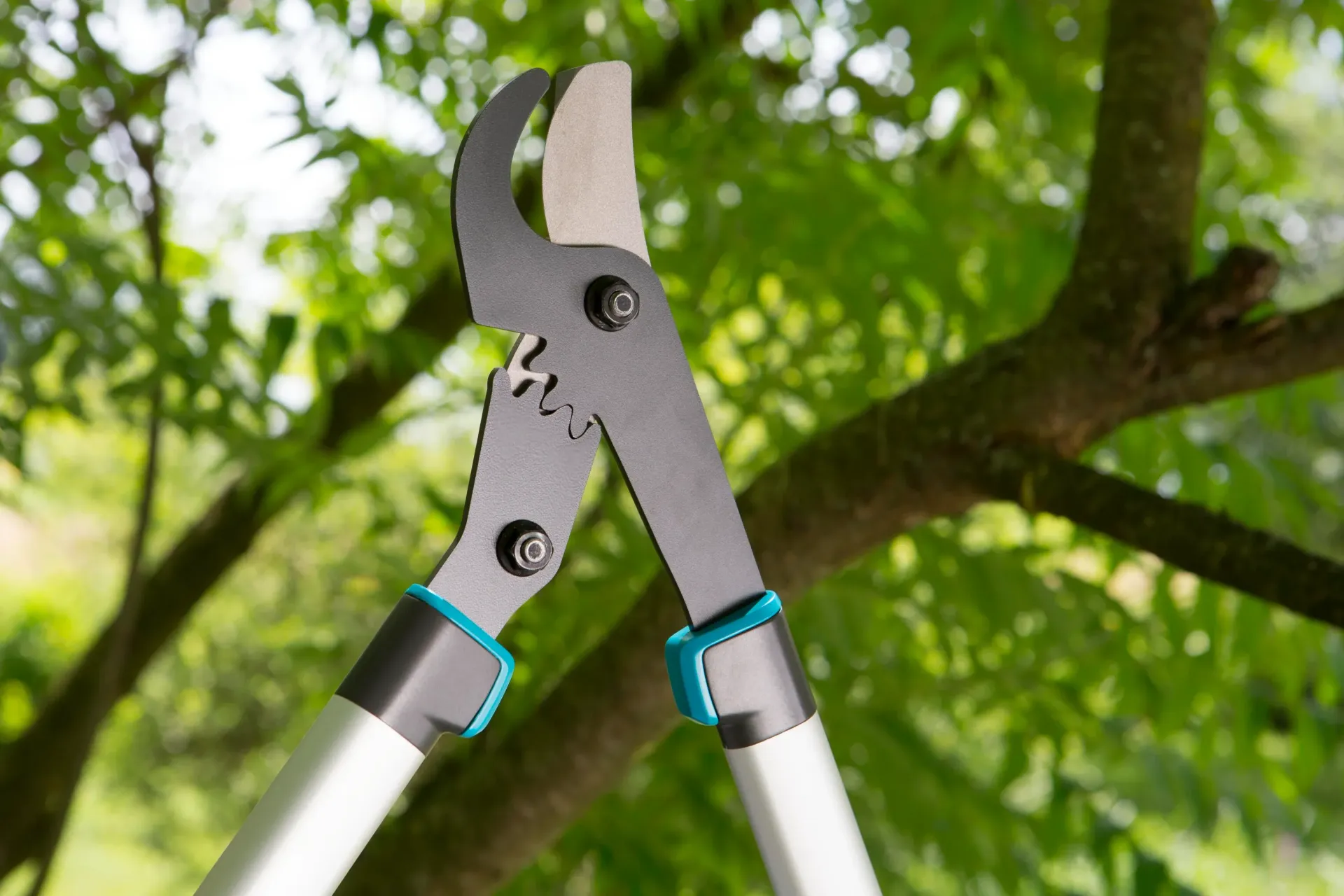Liriope’s Muse: Tree Care Tips from a Master Arborist
TRUSTED TREE CARE SERVICES SINCE 1970
Liriopes Muse: Is it really "Crape Murder" or regenerative pruning?
There are numerous species of Crape Myrtles (yes, this is a correct spelling*) across the world, but the species most common to the Texas Gulf Coastal Region is the Lagerstroemia Indica X Faurei. Originally, Lagerstroemia Indica was the species known to be common to the South, however they were heavily susceptible to a white powdery mildew (Erysiphe Lagerstroemiae) making their numbers slowly dwindle. To combat this vulnerability, plant breeders (geneticists) in 1956 crossed the Lagerstroemia Indica with the Lagerstroemia Faurei (from Japan) creating a brand new, more resilient breed of Crape Myrtle. The beautiful colors of the Indicas combined with the exfoliating bark and disease-resistant Faureis create the Crape Myrtles we know and love in the Houston area.
In fact, every Crape Myrtle you see today has been genetically modified or selectively bred in some form or fashion. From beautiful ground-covering shrubs to stately shade trees that can survive nearly any condition. The trees bloom in practically every shade of white, pink, red, and purple. Hundreds of varieties now exist, but unfortunately many are not suitable for Houston’s unique climate and environment.
Crape myrtles are elegant, ornamental trees that possess a distinct and beautiful appearance. These deciduous trees typically grow 2 to 20 feet but can grow over 30 feet tall, forming a rounded or vase-shaped crown. The bark of a Crape Myrtle is smooth and mottled, with shades of cinnamon, gray, and beige, providing an interesting texture to the tree's overall appearance. The foliage of a Crape Myrtle is equally captivating. The leaves are elongated, glossy, and lance-shaped, typically growing between 1 to 3 inches in length. They are arranged alternately along the branches and feature prominent veins. The leaves vary in color, ranging from a vibrant green in the spring and summer to shades of red, orange, or yellow in the fall.
In the summer, Crapes bloom with abundant clusters of ruffled petals known as panicles that create a stunning display of color. These panicles can measure anywhere from 6 to 18 inches in length, flowering in a wide array of hues, including shades of pink, red, purple, lavender, and white.
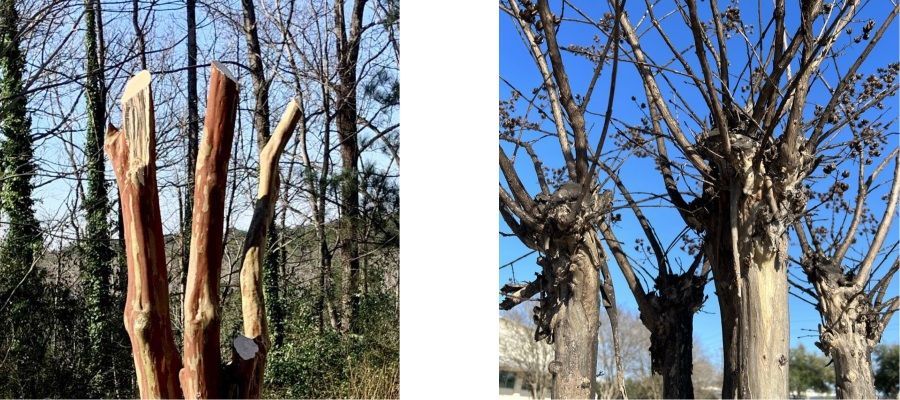
So, what exactly is Crape murder?
“Crape murder” is an informal term used to describe the over-pruning or “maiming” of a Crape Myrtle in such a way that destroys the natural growth pattern of the tree. (see pictures above)
As with most industries, bad apples or unexperienced laborers have set the “standard” of what “Crape Murder” is by widespread improper regenerative pruning/topping practices, setting bad expectations, and making the impression that all pruning on Crapes is bad. Or in this case, Murder…
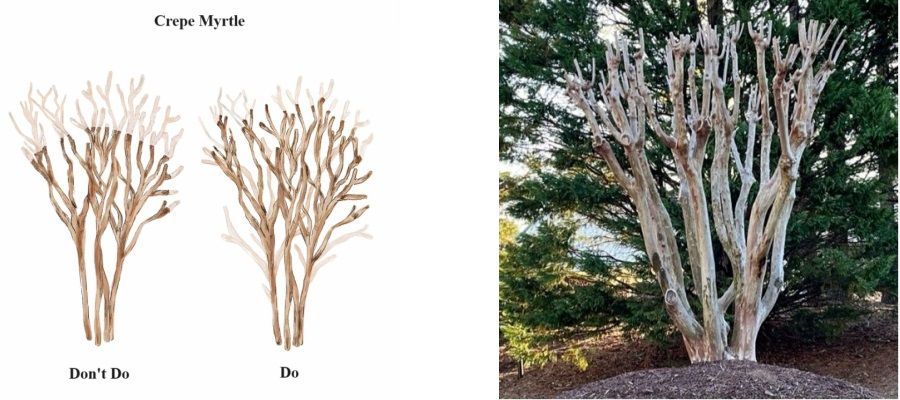
What is the difference between Crape murder and regenerative pruning?
Regenerative pruning is a technique used in tree care to promote the healthy growth and rejuvenation of trees. It involves strategic pruning cuts (or topping) that encourages new growth and helps to maintain the overall health and structure of the tree. By selectively removing dead, damaged, or diseased branches, regenerative pruning allows the tree to allocate its energy and resources more efficiently towards new growth and development. This process stimulates dormant buds, leading to the production of new shoots and foliage. Regenerative pruning is often employed during the dormant season (Winter) to minimize stress on the tree and maximize its regrowth potential. It helps to improve the tree's aesthetics, encourages better airflow and sunlight penetration, and promotes a strong, resilient structure.
Despite conflicting beliefs, selective pruning/topping of a Crape Myrtle has a number of benefits. Once a Crape Myrtle reaches maturity it goes into maintenance and then its natural retrenchment phase. When a tree is in retrenchment, it begins to kill off its upper branches to divert resources to a more centralized point of the canopy. When this occurs, you may notice the trees leaves slowly being to grow smaller and more round, its blooms may be duller in color, smaller, and more sparse. This can also open up the tree to be infested with lichen, the lichen will grow on the branches of the Crape Myrtle as a result of sparse leaves, flower panicles, and the tree's weakened immune system (also known as allelopathic chemicals). The lichen itself is harmless to your trees, but it is a tell-tale sign that your tree is not doing the best it could.
So regenerative pruning (or retrenchment pruning), in the case of Crape Myrtles, involves cutting back all of the trees dead or dying branches just a few inches from the larger branch or trunk to take a large load off of the Crape allowing the tree to allocate its energy more efficiently towards new growth and development.
All that said, though it can look scary and like your precious Crape Myrtle has just been scalped, it is truly in the best interest for the longevity and vivacity of your tree. Think of it like cutting off some of your luscious locks to remove the dead ends and promote its regrowth.
*Now for the long awaited explanation… Is it Crape Myrtle and Crepe Myrtle?
Interestingly, it depends on who you ask! Both are correct and pronounced the same, however the one most widely used in America and by The American Horticulture Society is “Crape Myrtle”. The Spelling “Crepe Myrtle” is most commonly used in Europe, however here in the South, as you know, we like to do things differently than the rest of the United States. “Crepe Myrtle” has a long heritage of use in the South and is still used more often than its rival spelling. So, which spelling should you use? Whichever one feels right for you! Po-tato Puh-tato am I right?
Liriope’s Muse - Expert Tree Care Tips
